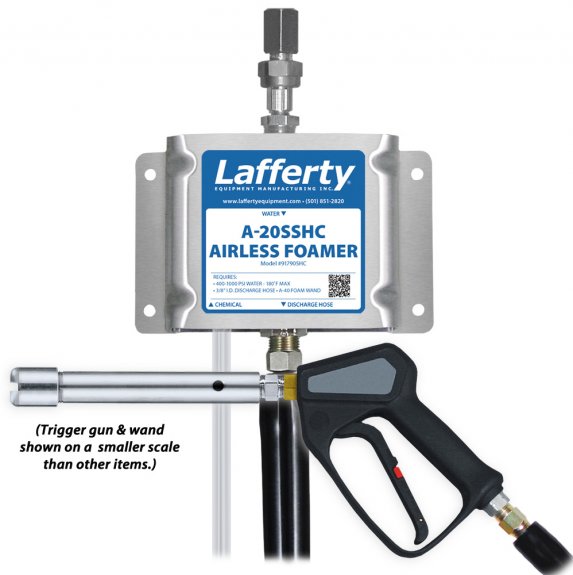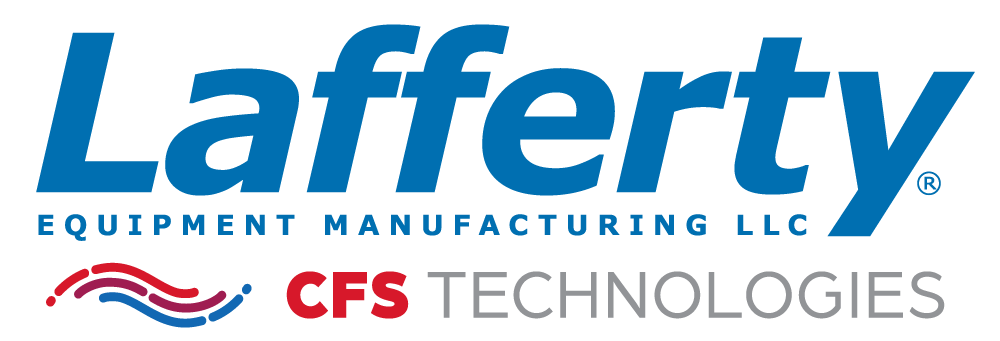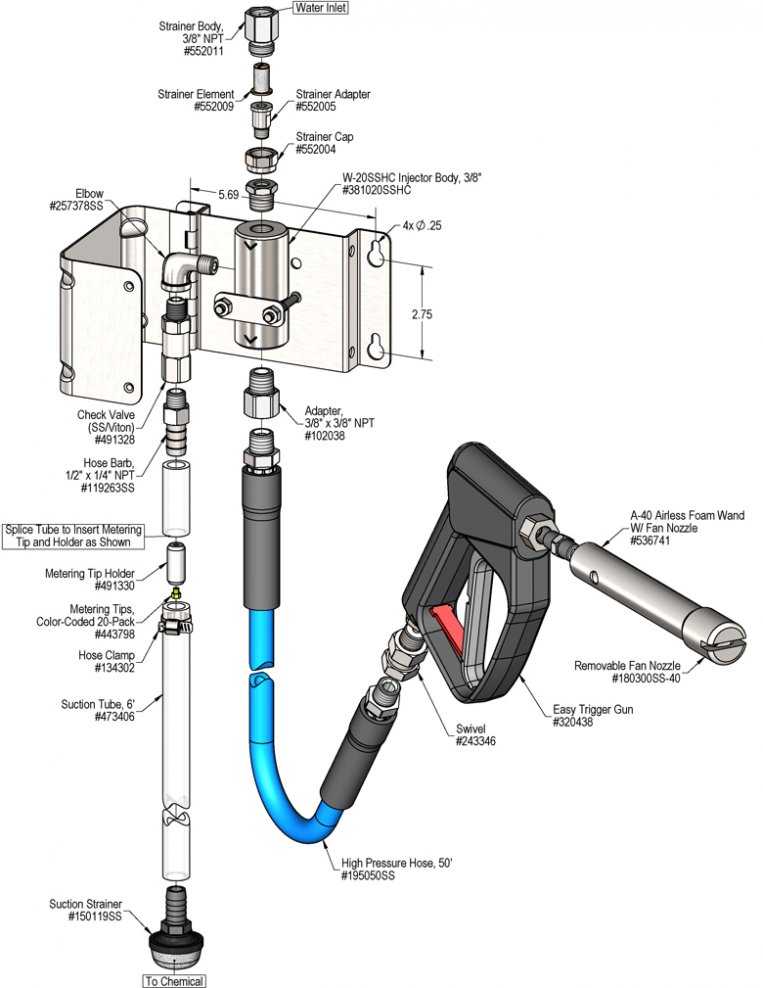Overview
The A-20SSHC Airless Foamer is a 3.1 GPM @ 700 PSI "high concentrate" foam applicator that will produce strong dilution ratios for the toughest cleaning jobs without compressed air. This stainless steel venturi injection system uses high water pressure (400 - 1000 PSI) to draw and blend chemical concentrate into the water stream to create an accurately diluted solution. The solution then flows through the discharge hose and trigger gun to the "airless" foam wand which draws in atmospheric air to create and project wet, clinging foam at distances up to 12 feet.


